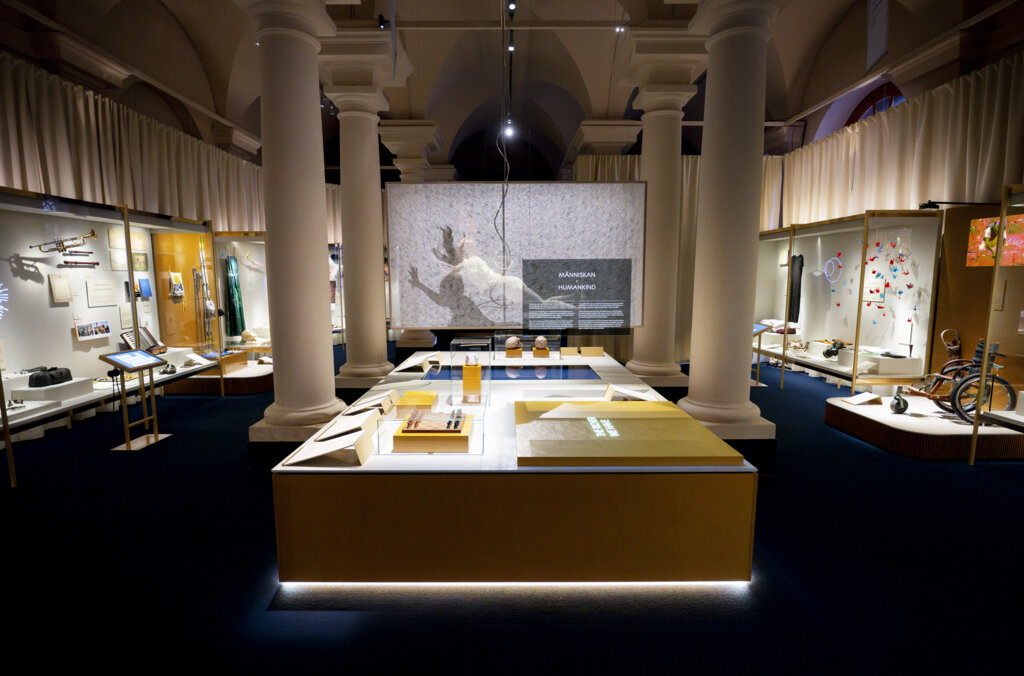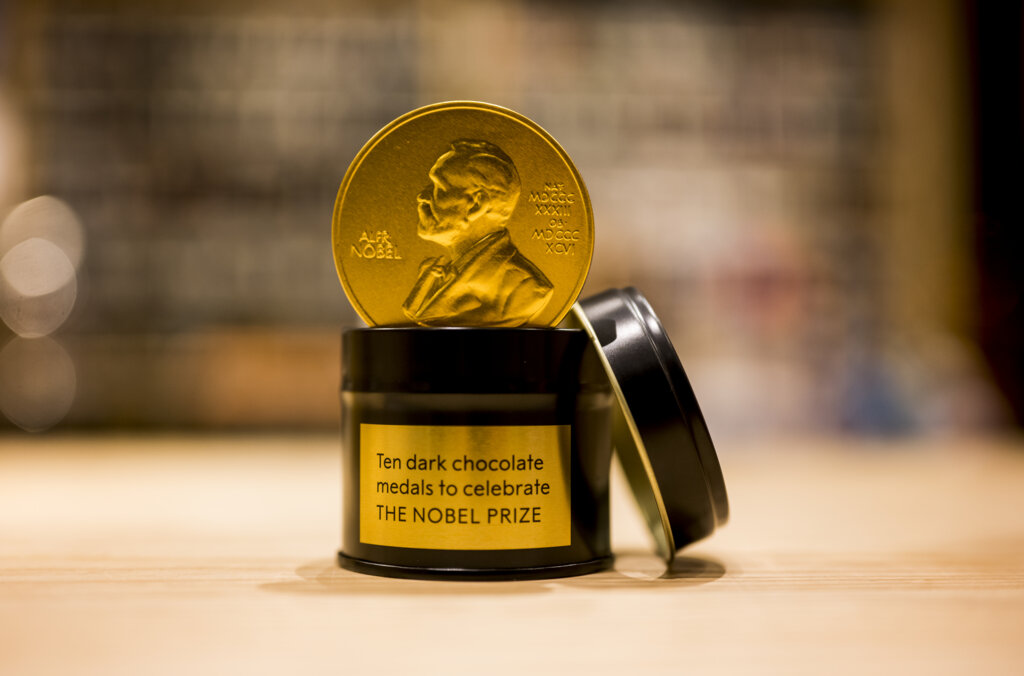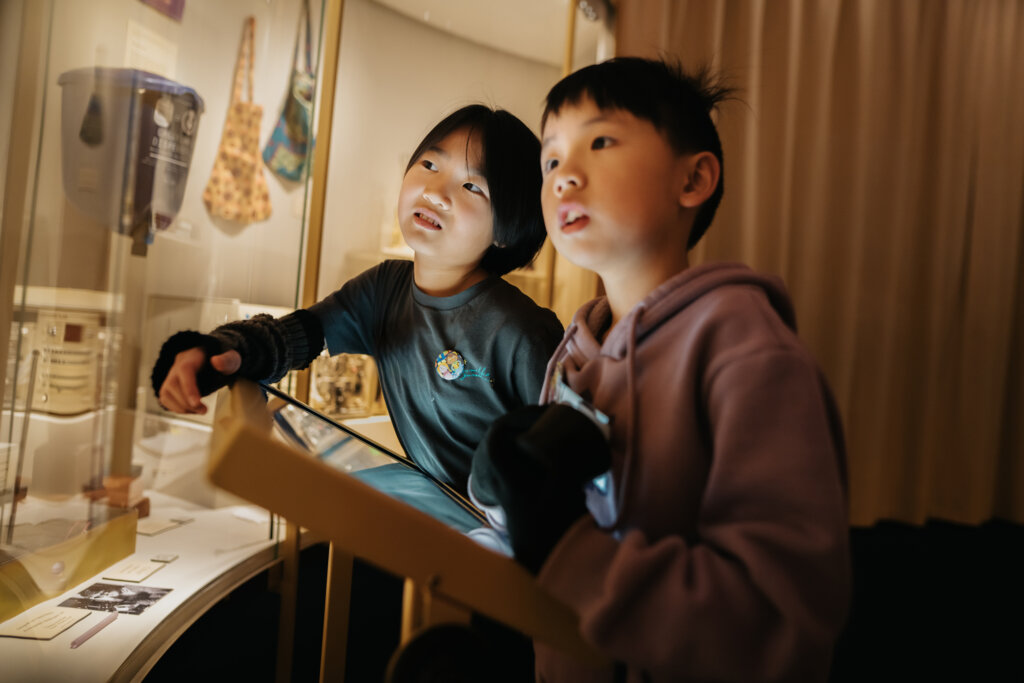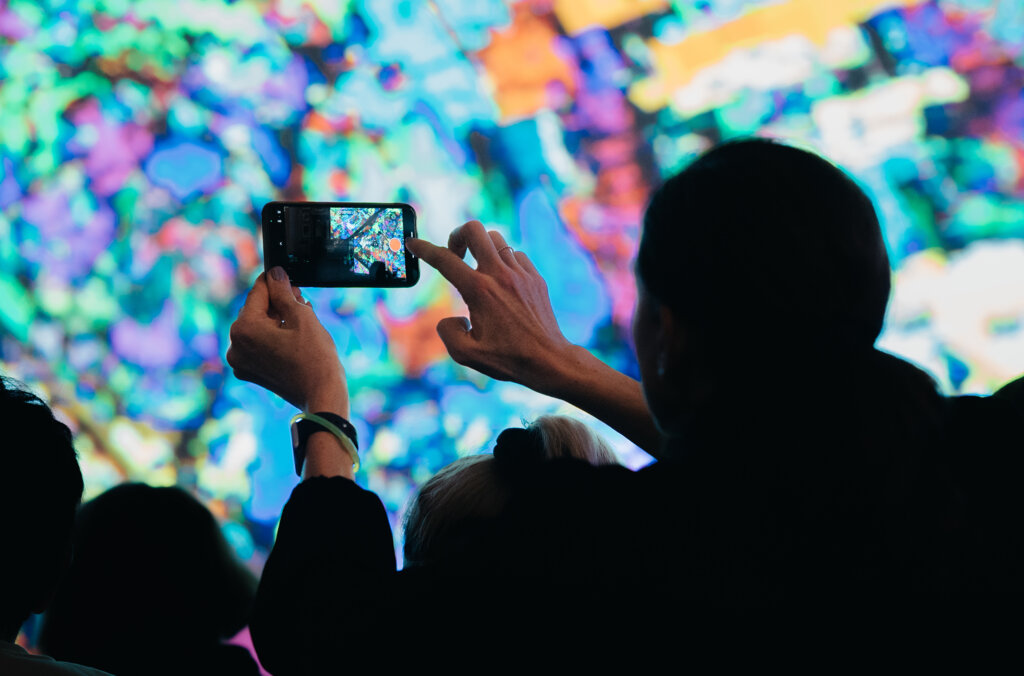
Can a shawl bear witness to the struggle for girls’ right to education? When Malala Yousafzai gave a speech at the United Nations headquarters in New York on her sixteenth birthday, she wore a pink shawl. On the rostrum, her message was the same as it was before she was subjected to attempted murder for her struggle for the right of girls to attend school and university: “One child, one teacher, one pen and one book can change the world.” The shawl is part of the exhibition These things changed the world.
For the first time, the museum is displaying a large selection of items from its collection of artefacts from Nobel Prize laureates. These objects tell stories of remarkable discoveries and life achievements. More than 250 artefacts bear witness to revolutionary inventions, courageous peace efforts, groundbreaking ideas and innovative literature.
In These things changed the world, you can discover how your life and the world you live in have changed thanks to researchers, writers and activists who have worked in the fields of science, literature and peace. Their discoveries and accomplishments have been awarded the Nobel Prize and have given us new perspectives on our lives and our future.
The exhibition looks at remarkable discoveries and achievements, based on artefacts donated to the museum’s collection by Nobel Prize laureates. They mix the mundane and the personal with breathtaking existential and scientific questions.
Three in-depth displays focus on some of the biggest questions facing humankind – the cosmos, human nature and the ingredients of life. What does everything consist of, and what do we know about black holes? What does the riddle of ageing look like? What do we need to know about human consciousness, human rights and artificial life in order to shape our future?
The stories of these artefacts show how the laureates’ discoveries, insights, stories and peace efforts make life longer, safer and more understandable for you and many others. Welcome to explore how these things have changed the world.
Production
With support from
Thank you
Bags and wardrobe
Photo policy
Medlemskap
Bli medlem, upptäck mer
Som medlem får du fri entré till museet och rabatt i butiken och bistron. Dessutom får du förtur och rabatter på konserter, vernissage, samtal och föredrag.


